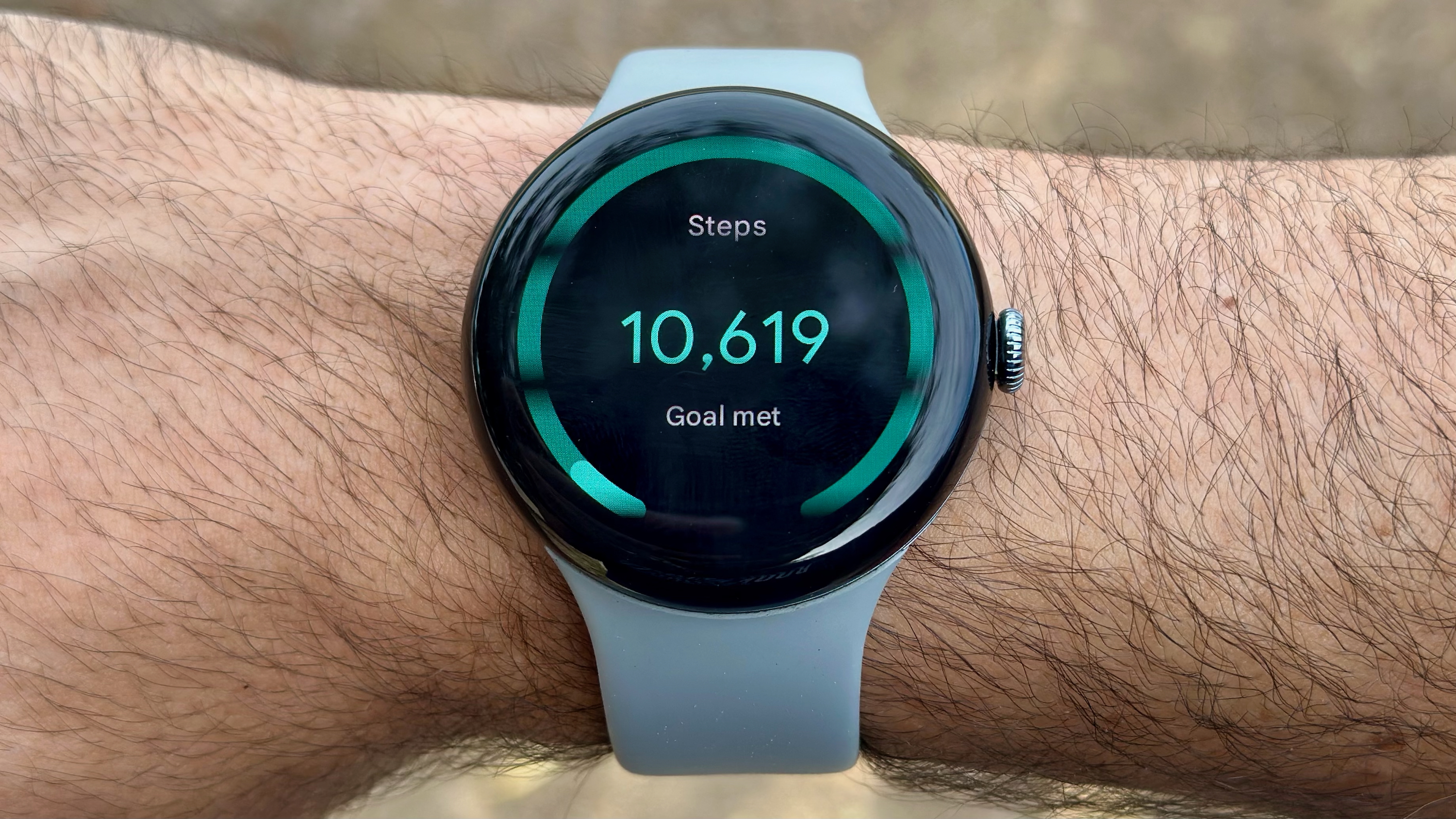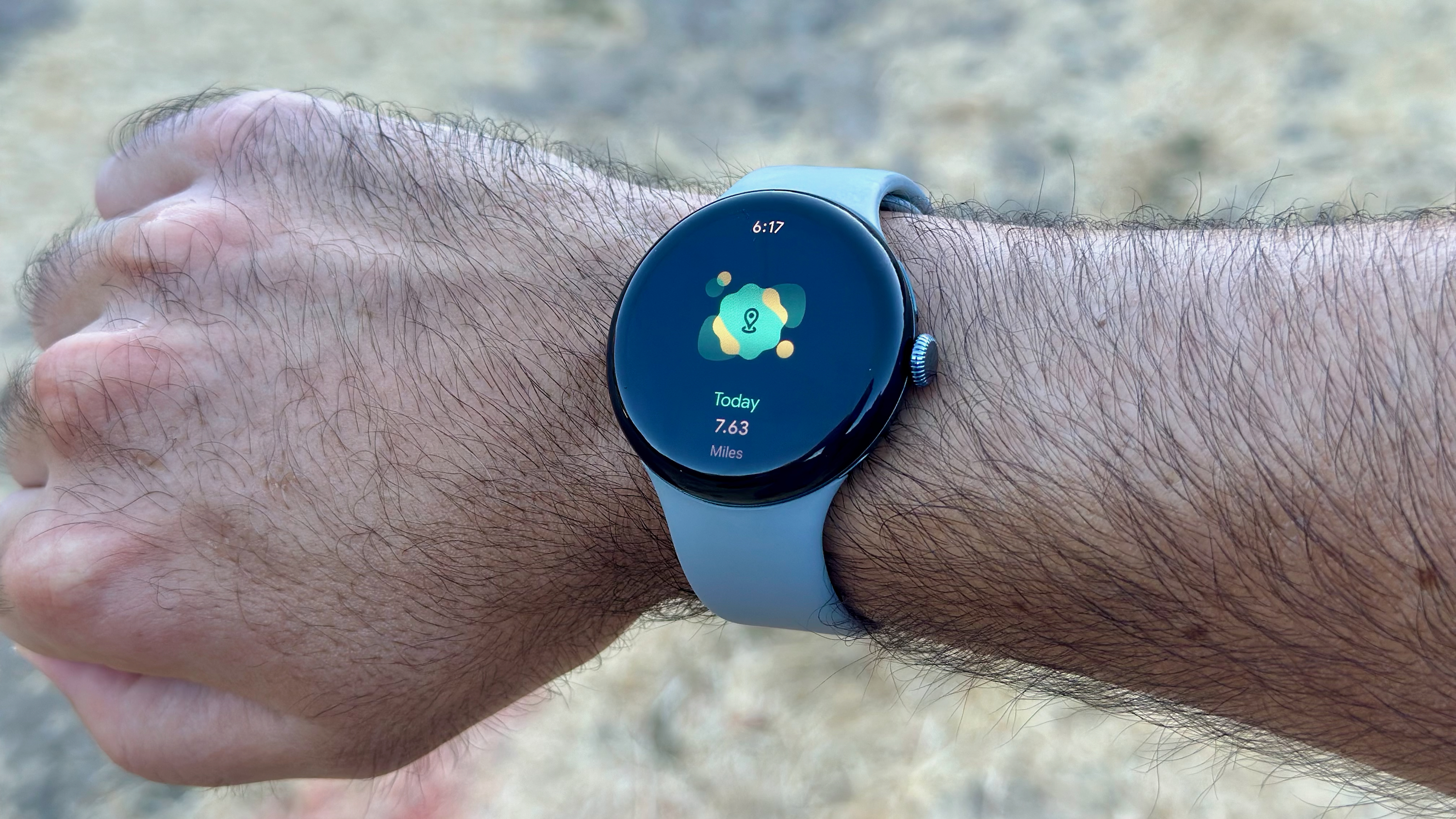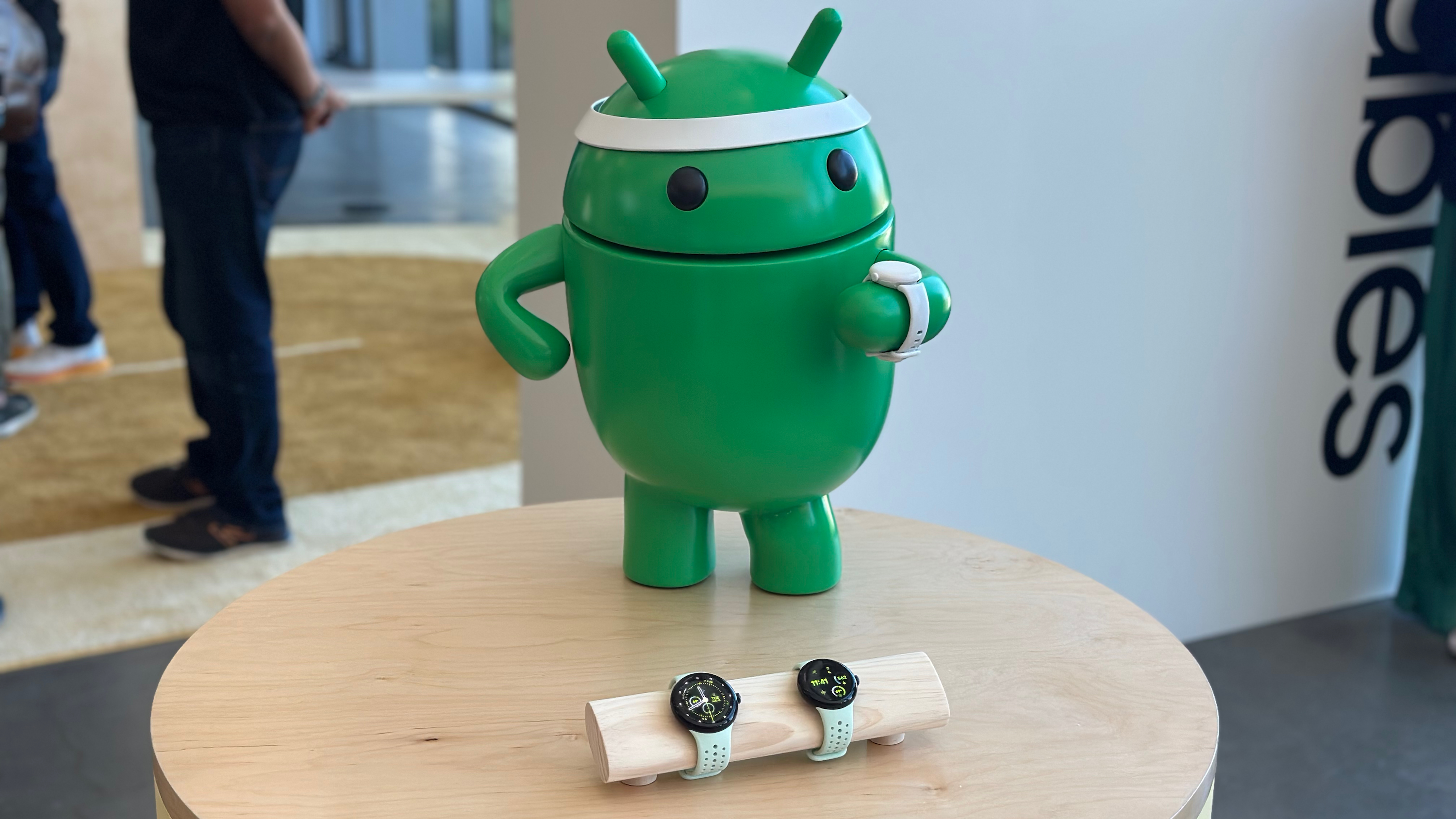Wear OS Weekly
My weekly column focuses on the position of Wear OS, from new development and updates to the latest apps and features that we want to highlight.
Google says its wear OS 5.1 update Pixel Watch 3 and the previous model is much better in handling the “challenging” step count tracking, such as pushing stroller or shopping carts. I put this new system for testing.
Google’s Wear OS 5.1 Community Post states that “better algorithm ensures that your stages are counted with extraordinary accuracy” in the scenarios where you are not freely swinging your wrist with each step, such as walking or holding the phone with a hiking pole. This can be a challenge for any smartwatch.
My Pixel Watch 3 did not get an update for a month, but the Pixel Watch team manually added my update list, I took it for some monotonous step tests. I rolled a vehicle through each grocery store, a footpath with a trekking poles, and took my father’s walker around the house – counting every real step to compare all.
Then I closed things by using my garmining phenix 8 to close the things by a straight -moving test, as the garmin is almost always the most accurate brand for the step count. Here are the results!
How well the new Pixel Watch 3 Step Count Algorithm works

In the previous check, my fitbit or pixel watch models were not particularly accurate for the counting of step, usually falling less than the mark. Therefore, in addition to the “challenging” scenarios, I wanted to see if this new algorithm would also catch normal stages.
Since many people aim to walk in 10,000 stages a day, I used Pixel Watch 3 and Garmin Fenix 8 to track 10,000 stages, until I reached 1,000 points, taping my simple counting app every 10 stages. To ensure that I would naturally swing the Pixel Watch 3, I put a phone on my gamin side to ensure.
The Pixel Watch ended at 3 9,896 (104 steps less), while the Garmin Fenix 8 ended at 10,050 (50 steps additional). Garmin performed better, as I expected, although clearly, it is usually slightly better than that.
While the Pixel Watch 3 lost the step-account battle, my previous Pixel Watch 2 and Fitbit Sense 2 Tests have been closed in 5,000 stages from 200-300 steps. Proportually, the accuracy gap is not as broad as it was once, which you can possibly characterize for algorithm change.

In another test, I went on the same side as my Pixel Watch 3 holding 8,000 steps holding a trekking pole. Because you take 4-6 steps for every speed of the running stick, it is easy to reduce the step well. I was curious if the algorithm could fix it.
I finished 7,857, or to reduce 143 steps. Normally enough, instead of normal auto-detected walk activity, it asked me if I am using an egg near the end of the walk, due to the constant round speed of my hand.
While the results were slightly less accurate than uncontrolled walking, I noticed that I was 90 steps less after 2,000 steps, but then lost only 50 steps for the remaining 6,000. I wonder if the clock got better to detect my walking pattern over time. Meanwhile, my germining clock extended my step count by about 8,300, which I characterize to keep my phone in that hand. Nevertheless, not the best result!

To walk with a shopping car, I had some trouble in keeping the exact count of my steps while looking at the deal prices and stepping around other customers. But I can tell you that Pixel Watch 3 was either dead in the count of my steps… or could not find them.
Mime walking with a shopping cart, and you will see the problem. If you move forward normally, your wrist will not bend, and your weapons are fixed; There is nothing to work with the algorithm. So I will run 100 steps, look down, and see whether both fitbit and garmins caught only a few dozen steps, or no one.
However, when I increased my speed, both watches can detect my rolling trick more easily. After 200 stages, the Watch 3 ended with that number almost.
|
Examination |
Google Pixel Watch 3 |
Garmin Fenix 8 |
|---|---|---|
|
Normal walk (10,000 steps) |
9,896 (-104) |
10,050 (+50) |
|
Trekking poles (8,000 stages) |
7,857 (-143) |
8,300 (+300) |
|
Grocery car (about 1,200 steps) |
742 |
745 |
Finally, Pixel Watch 3 and Fenix 8 measured 742 and 745 stages respectively. My actual count was at least a few hundred steps more, but I just appreciated that they caught anything. Along with other brands, you can find a total of a few hundred steps after spending an hour in the store.
A step in the right direction

The new Wear OS 5.1 algorithm also includes better wheelchair tracking and stroller tracking, although I could not tested either.
My guess is that the stroller and shopping cart tracking will be very similar: if you slowly flow, the Watch 3 will not catch your movement, but move fast and will have sufficiently subtle vertical speed to catch the algorithm.
As the wheelchair pushes, it is an important and consistent speed – such as walking with a trekking pole – so I think Watch 3 will catch most of them, even if it is slightly less.
I felt that my father’s walker was tested for more than a few minutes – it felt too much as I was facing a disability – but at that time, Watch 3 had no trouble in recognizing my steps. However, it may not even happen if you have a shuffling trick, though.
Overall, even though I would not say that the Pixel Watch 3 lasts in Google’s blog post to the claim of “extraordinary accuracy”, it performs gracelessly in landscapes where other smartwatch will struggle to register steps, including gammine. And I definitely appreciate the effort!

